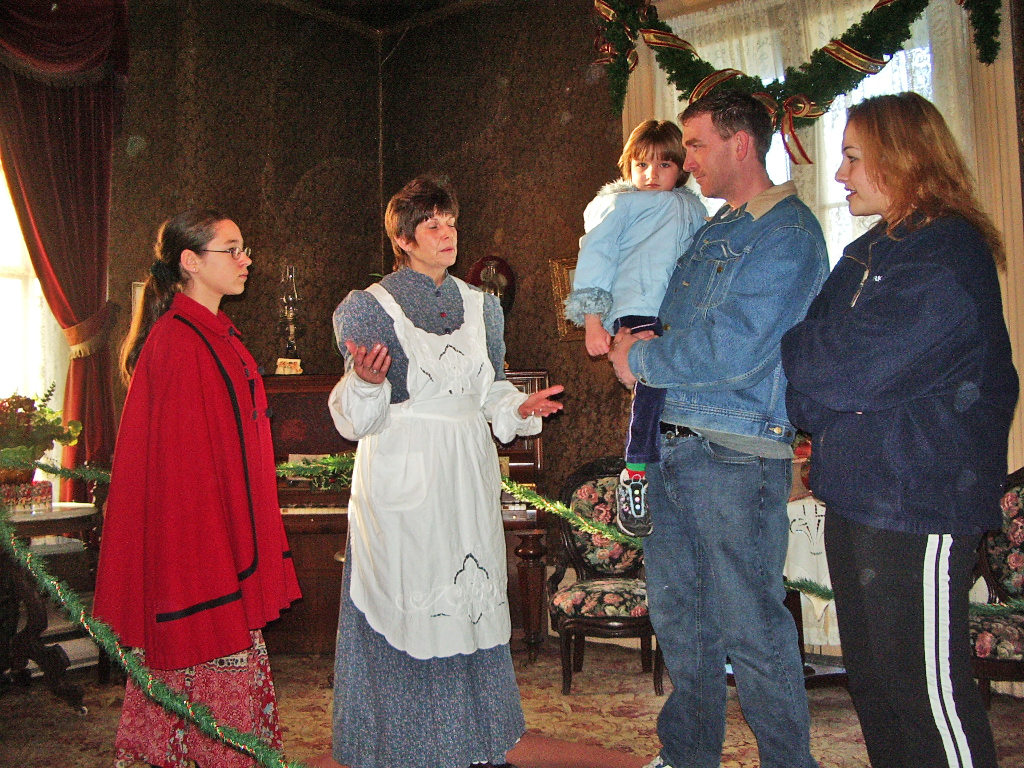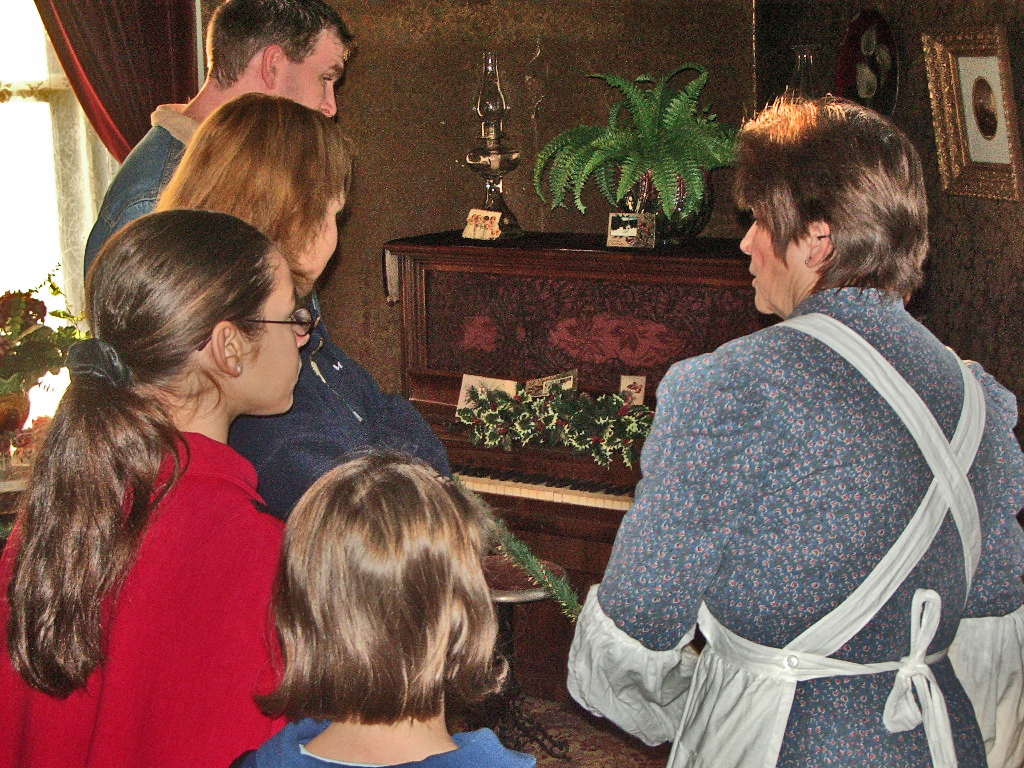
I was a professional Tour Guide for 4 years and an Interpretive Officer supervising and training tour Guides for another 4 years. I had to give many tours at various museums I worked at and had to supervise many Historic Interpreters at museums.
This covered everything from very large groups to Very Important People (V.I.P.s) such as Princess Margaret, sister to Queen Elizabeth II, and Colonel Neil Armstrong, the first man to walk on the Moon. The worst behaved group was the Trudeau brothers, of whom the eldest is now in 2022-02-22, unfortunately the Prime Minister of Canada.
Here are some lessons learned:
- .Read Dale Carnegie’s book “Public Speaking for Success”
- SPEAK TO THE PERSON AT THE BACK OT THE GROUP. If you do this, then everyone in between you and the person at the back can hear. If you do as most people do and speak to the person nearest you, then the people at the back cannot hear ant they quickly lose interest.
- FACE TOUR AUDIENCE! How many times have you been on a tour and the guide is speaking to the wall, painting, cannon or to the open space ahead of the group? The guide knows what the painting looks like, so stand to one side to allow people to see and talk TO them about it.
- IF ASKED A QUESTION, REPEAT IT SO THAT THE WHOLE GROUP CAN HEAR IT, AND THEN ANSWER IT. Visitors become bored if they hear mumbled question being asked and the clear answer to the unknown question “That happened on May 3rd, 1885.”
- DO NOT ASSUME THAT A FOREIGN VISITOR CANNOT UNDERSTAND YOU. I took a tour of a German castle opposite Bonn-Bad Godesberg on the Rhine. The tour was in German only and my companion and I did not speak German. During the tour the guide said something like “
Hier im Krieg war dies eine Hitlerjugendschule.” I had read a lot of military books and told my companion “He said that this was a Hitler Youth School during the war.” The guide realized that I had understood and that the information was obviously normally reserved to Germans, had inadvertently been understood by a Canadian.
- DO NOT START YOUR TALK IN AN AREA UNTIL EVERYONE IS IN AND CAN HEAR YOU. I hate it when a group straggles and the tour guide starts their talk while people are still in another room or not yet in the building. People quickly lose interest. Wait until you see the last person come in before starting. In the meantime, while waiting, you can talk with visitors about extra details that night not be on a regular tour.
- IN A NOISY ENVIRONMENT TRY TO HAVE THE VISITORS FACING AWAY FROM THE NOISE SOURCE WITH YOU FACING IT. That way the noise comes from behind them and they do not hear it as loudly, and your voice in not lost in the noise as much.
- THE SUPERVISOR SHOULD CREATE A RAINING MANUAL SO THAT ALL OF THE TOUR GUIDES HAVE THE SAME BASIC FACTS. At one museum I found that each of the long-time older tour guides had their own tour stories, and none of them matched up. Indeed if you had visited on different days and had different tour guides, you would have had very different stories. The tour guides should study the manual thoroughly, but should NOT simply memorize it and recite it. I worked with one tour guide what had a memorized tour. If he was interrupted, he would go back the beginning and start over!
- DO NOT GIVE A “TAPE RECORDER” TYPE TOUR. Adapt and customize for the visitors. If there are children, add some elements to interest them. If they are bored, they will wander off, straggle and possibly get into trouble. SPEAK “WITH” YOUR VISITORS, NOT “TO” THEM.
- DO NOT ADD TO YOUR STORY WITHOUT CHECKING WITH YOUR SUPERVISOR. A visitor may or may not know what they are talking about. If a visitor tells you that you have a fact wrong or has additional information, it is best to respectfully that their name and contact information and say that it is very interesting and our Curator would like to speak with you. The visitor might honestly believe what they are saying but may or may not be correct.
- QUESTIONS – Visitors often have questions but are often shy and do not want to be embarrassed. The worst thing you can do is say “Does anyone have any questions?” Often people do, but are to embarrassed to ask when put on the spot like that. Far better to tell the group that they may ask questions at any time, or as they are about the leave a stop on the tour. “Before we move on, are there any questions?” It quite alright for you to ask questions of the group in a non-embarrassing way. “Can anyone tell me why this place is famous?” If the same keen person tries to answer all of the questions. politely ask them to leave some questions for the other people.
- DO YOU WANT A TOUR OR WOULD YOU LIKE TO WANDER AROUND ON YOUR OWN? A lot of people would like a tour, but are too polite or shy to say so. Far better to just start chatting with them, asking them where they are visiting from etc. Once you know, then you can tailor your talk to include points to interest them. For example, if you are giving a tour of a Canadian War of 1812 site and your visitors are American (the enemy in 1812) think of the possibilities! The goal would not be to embarrass them but to involve them. For example “Do you know why your President’s mansion is called the “White House”?
I was assigned the task of training a large group of tour guides at a National Historic Park and a National Historic Site. Traditionally they staff had hired university students who were studying history. Sadly these people often made the worst tour guides. The shy bookworm cannot control a class of unruly kids or interest them for that matter. I changed it so that we chose people who could engage visitors and speak clearly.

2005-12-18 NWMA Tea & music